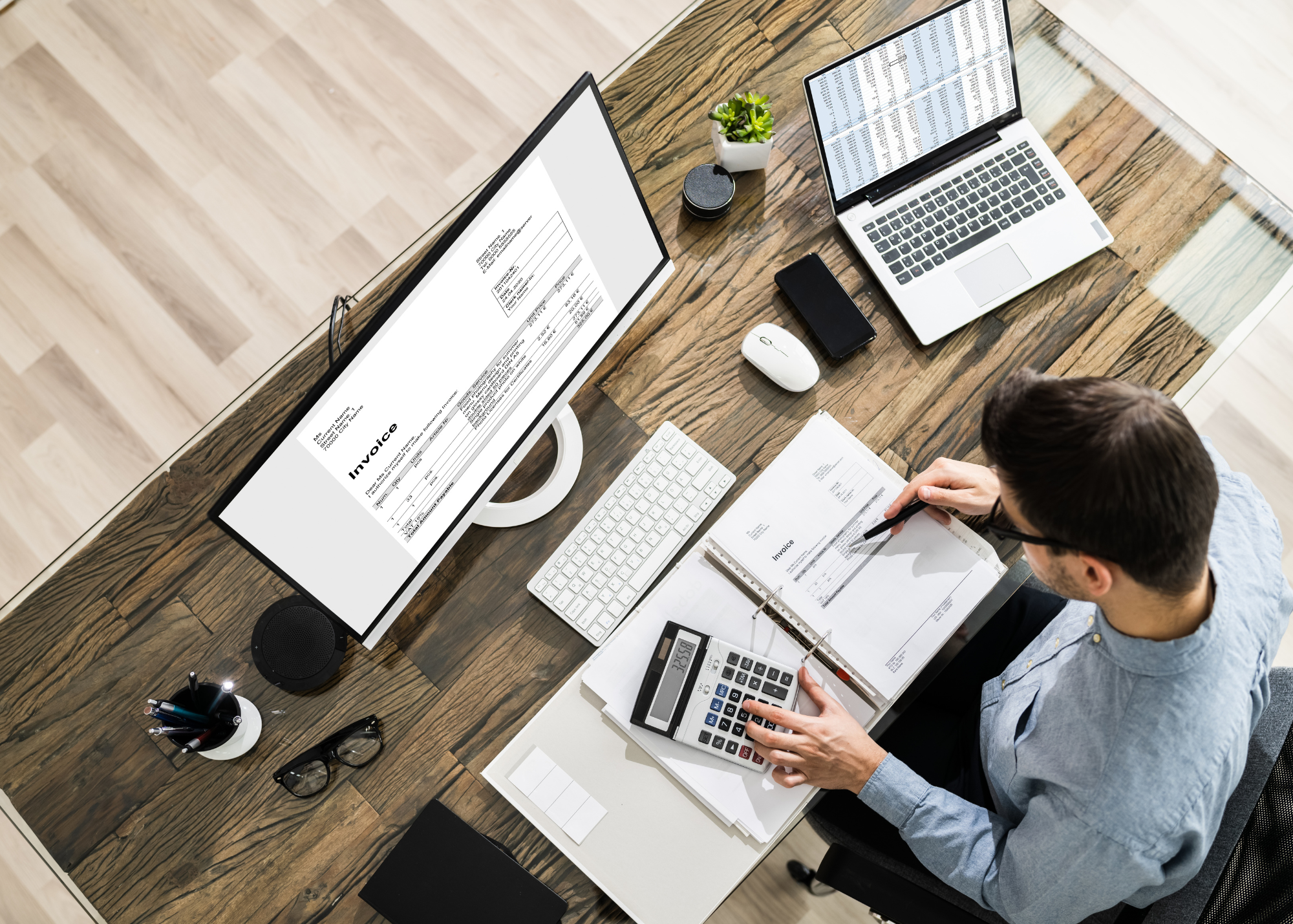ProNexus, LLC Named to 2024 Greater Rochester Chamber Top 100
PRONEXUS, LLC, PITTSFORD NY (November 7th, 2024) PRONEXUS, LLC is pleased to announce that we ranked #42 on the 2024 Rochester Top 100 list of...

To us it's simple...
"Do things the right way. For the right reasons. Good things will follow."

A right of use asset, or ROU, is a lessee’s right to use an asset over the course of a lease.
More formally stated, an ROU asset is any non-monetary asset that is leased by an entity and its use by the lessee is pursuant to the definition of the right of use in the new lease accounting standards: ASC 842 for US GAAP, GASB 87 for US government GAAP, and IFRS 16 for international accounting.
The new lease standards come into play when defining ROU assets because the right to use an actual asset stated in a lease is now recorded instead of recording the actual asset itself. Therefore, the right of use asset is also an intangible asset.
Under this same accounting standard, the amortization period is the length of the lease term, except when ownership is transferred to the lessee at the end of a finance lease.
How is Right of Use Asset Calculated?
The initial amount of the lease liability
+
Lease payments made to the lessor before the lease commencement date
+
Initial direct costs incurred
–
Lease incentives received
=
ROU asset
Each component of this equation proves important in understanding the ROU asset. The lease liability is important for ROU asset calculations because it relates to the lessee’s obligation to make lease payments using the present value of the future lease payments.
Initial direct costs are also important for the calculation of the ROU asset because they are the costs connected directly to the asset in the lease that the lessee has the right to use over the course of the lease.
What Does ROU Mean?
ROU stands for the right of use and is now a very important aspect of lease accounting within the parameters of the new lease accounting standards. This asset now encapsulates the details of how a lessee is allowed to use an asset if it is cited in a lease over the period of a contract.
What is Included in a Right of Use Asset?
Most considerations for the ROU asset calculation are the same for both finance and operating leases. For both types of leases, an ROU asset has to:
Finance Lease ROU Assets Must:
Operating Lease ROU Assets Must:
Record the amortization of the ROU asset to the income statement. There is no interest expense recorded for an operating lease.
Classify payments as operating activities in the statement of cash flows.
Right of Use Asset Example
An example of the calculation of the right of use asset is as follows:
An asset has a five-year rental period without a renewal option, a $10,000 lease payment at the beginning of each month, and an incremental borrowing rate of 6% with initial direct costs of $2,000.
First, calculate the lease liability, which is the present value of the 60 monthly payments discounted at 6%, for a total of $519,842.
The ROU asset is the lease liability ($519,842) + initial direct costs ($2,000) + prepayments ($0) – lease incentives ($0) = $521,842.
Right of Use Assets FAQ’s
Is Right of Use Asset a Current Asset?
Right-of-use assets are generally classified as non-current assets on a balance sheet over the course of a lease.
Is Right of Use Asset an Operating Lease?
A right-of-use asset can be either an operating lease or a finance lease.
Where Does Right of Use Asset Go On a Balance Sheet?
ROU assets are recorded on the balance sheet. The ROU asset is measured on the lease commencement date at the present value of the lease payments (which adds initial direct costs and subtracts lease incentives) over the lease term for both operating leases and finance leases. It is amortized over the life of the lease or, if ownership transfers to the lessee at the end of the lease, over the useful life of the asset.
Still, have questions about ROU assets or other lease accounting-related questions? ProNexus is here to answer them. Reach out to us today to learn more about lease accounting (and how software can make your life a lot easier).
.png?width=200&name=ProNexus_Square_Logo_-_Tagline_copy-removebg-preview%20(1).png)

PRONEXUS, LLC, PITTSFORD NY (November 7th, 2024) PRONEXUS, LLC is pleased to announce that we ranked #42 on the 2024 Rochester Top 100 list of...

In the modern business landscape, finance departments are under increasing pressure to deliver accurate, timely, and strategic insights while...

In the digital age, data is often referred to as the new oil, and for good reason. Within the vast sea of data that businesses accumulate, financial...

The new lease standard (ASC 842 and GASB 87 in the U.S. and IFRS 16 internationally) is intended to account for all lease obligations on financial...

PRONEXUS, LLC – a highly regarded non-attest finance and accounting firm, invests in cloud-based lease accounting software designed to help clients...

The New Lease Accounting Standard Checklist: How to Identify Embedded Leases While embedded leases are not a new concept in accounting, they are now...